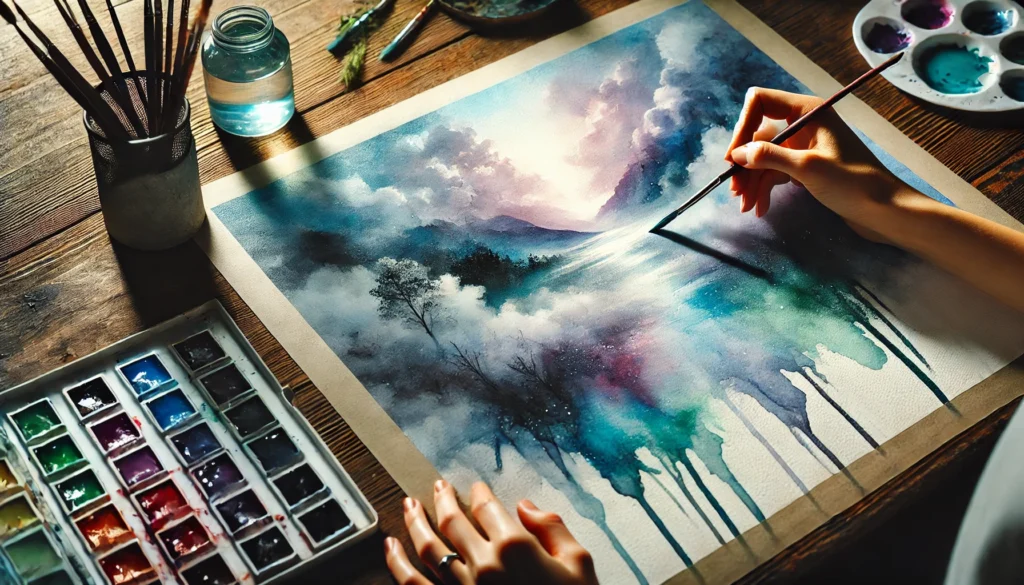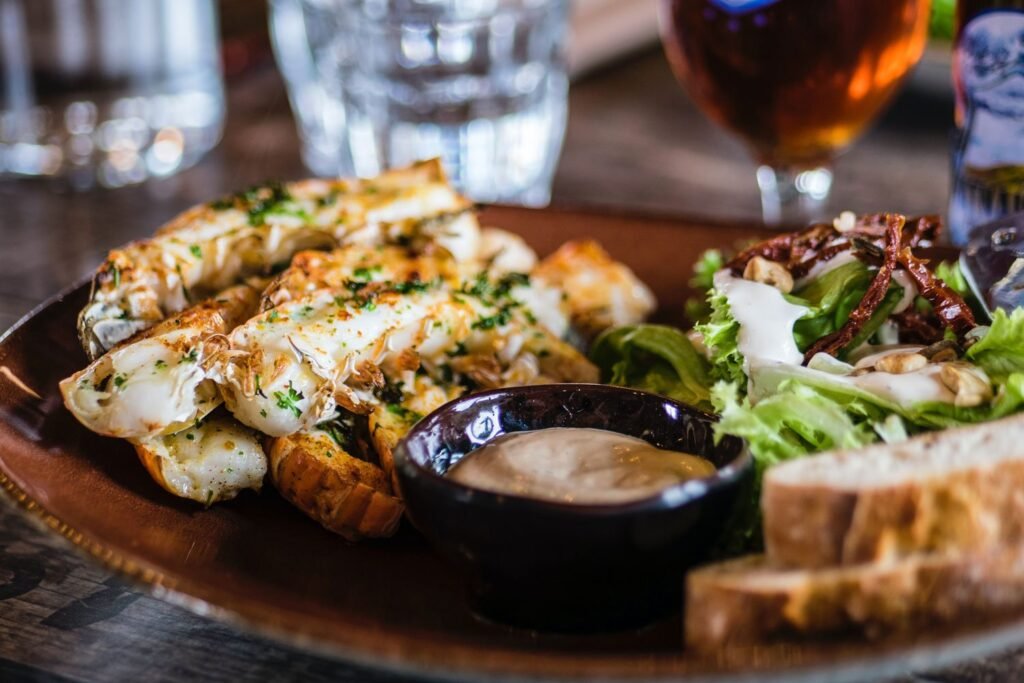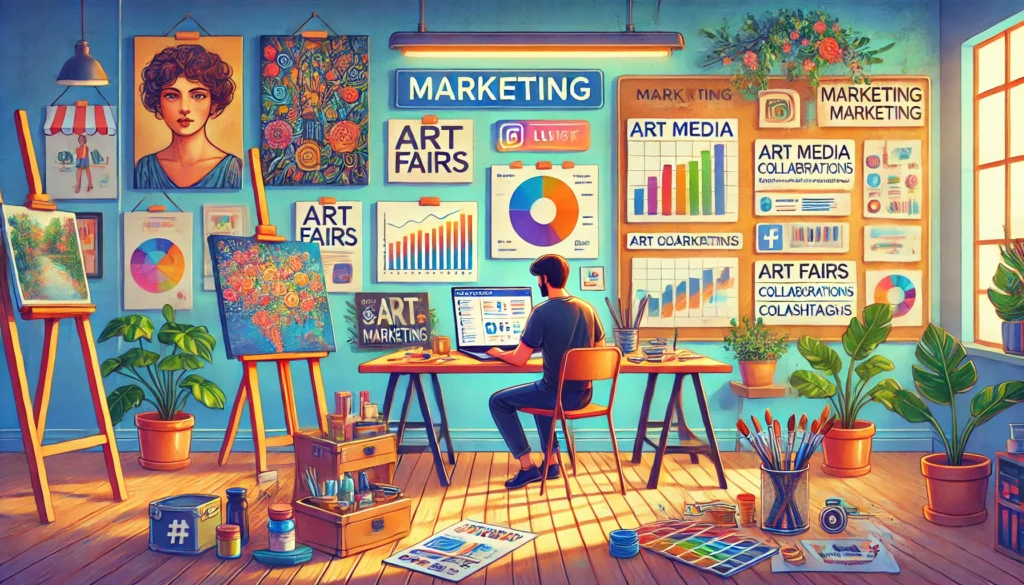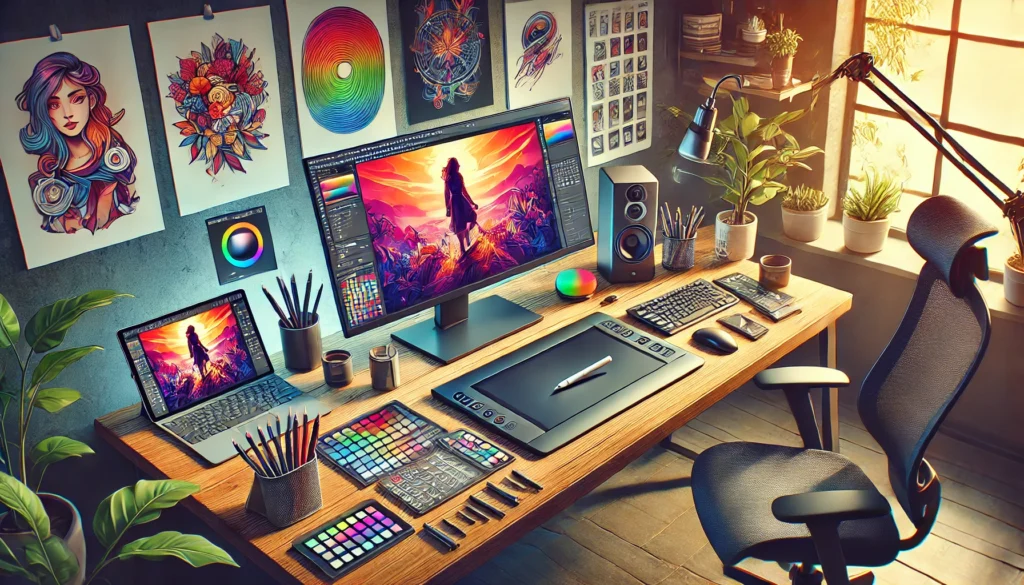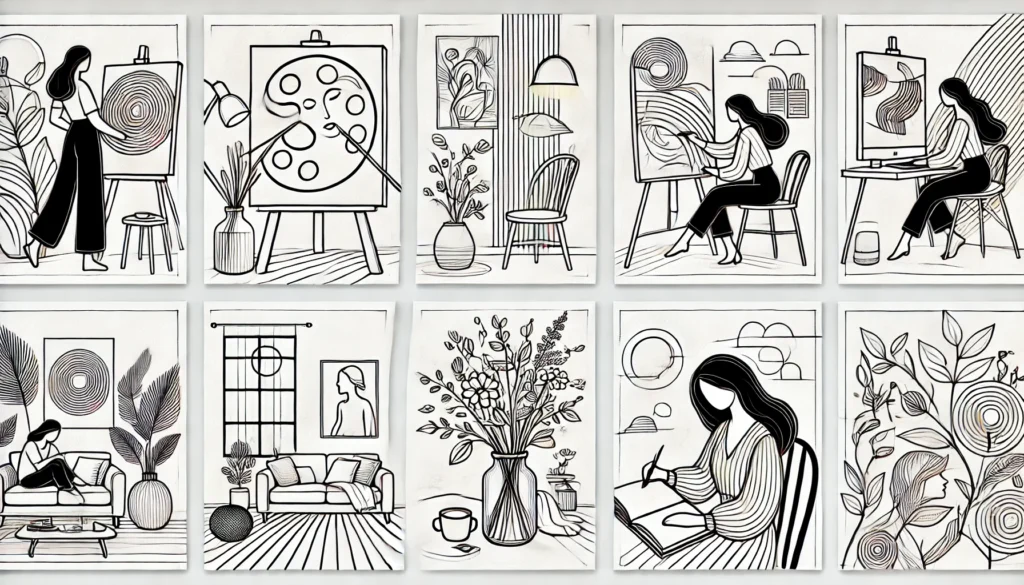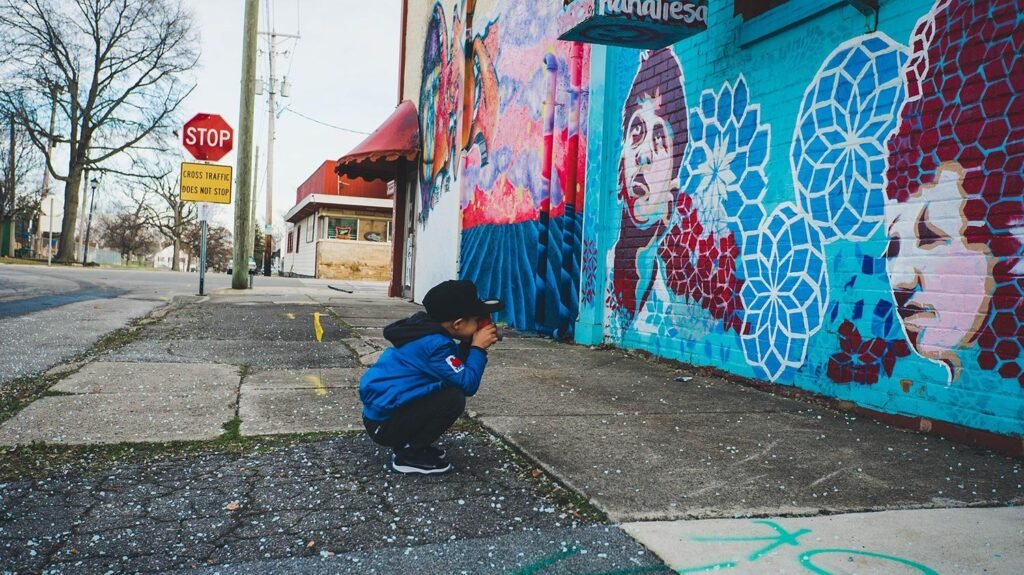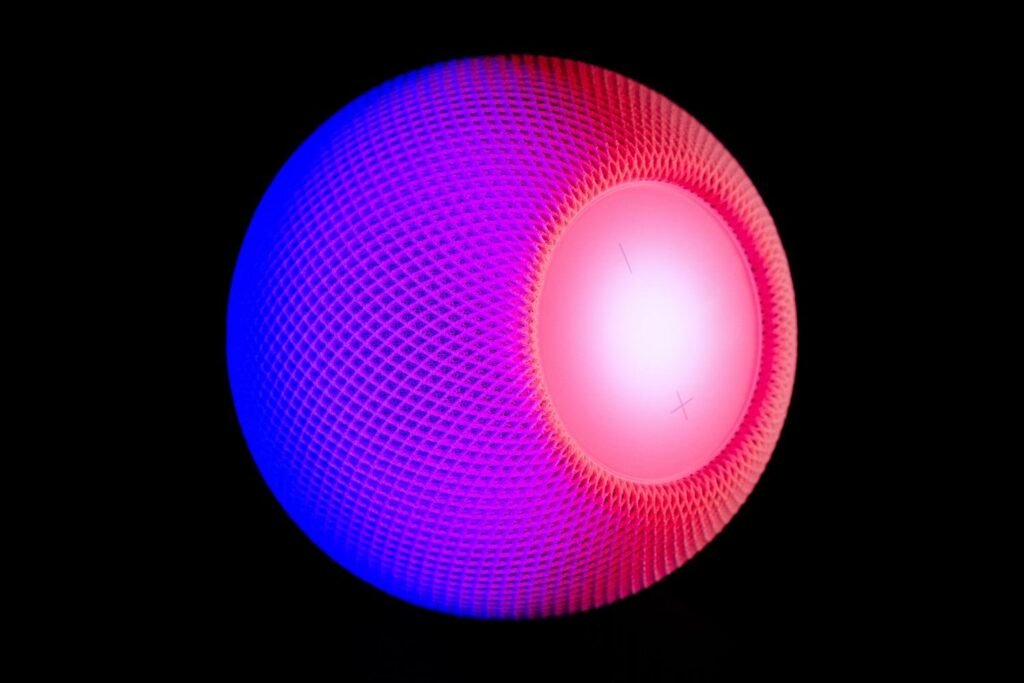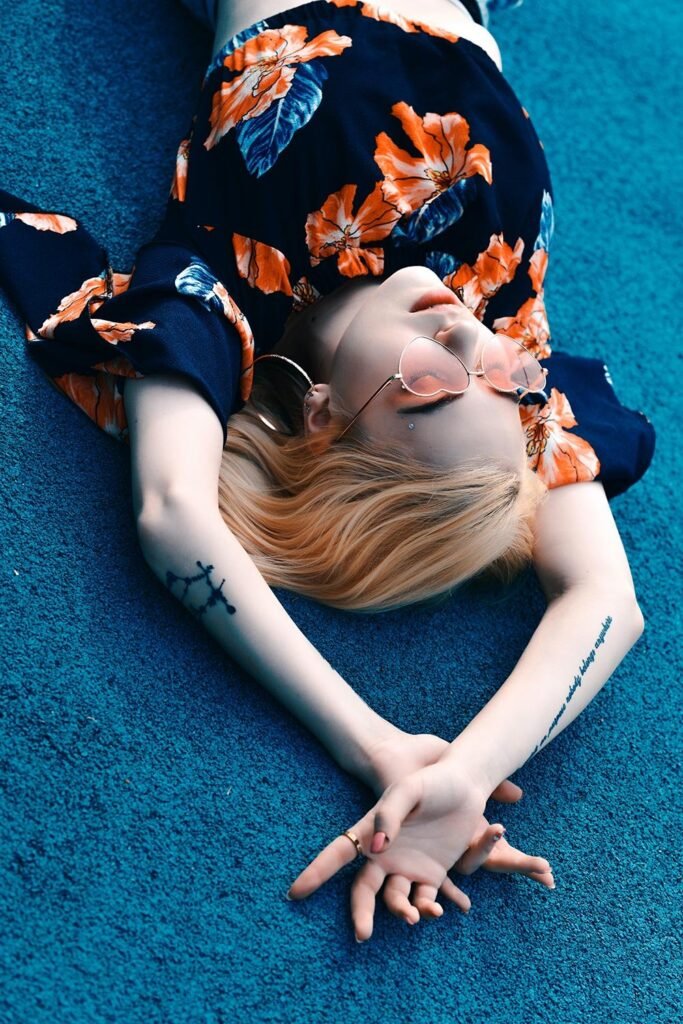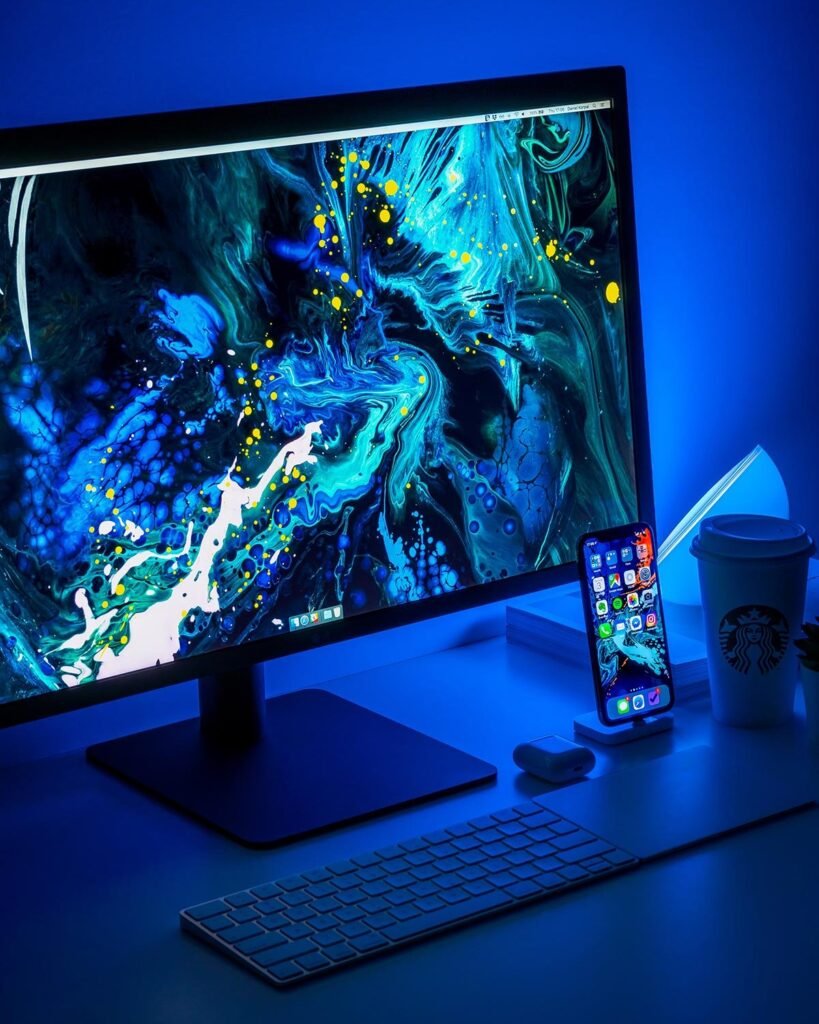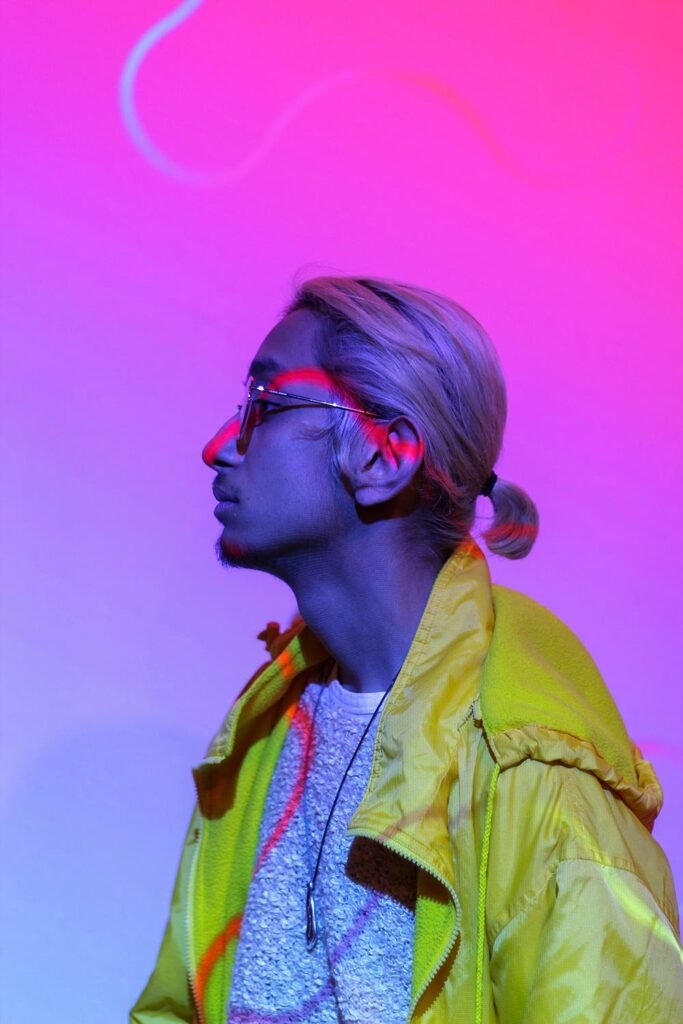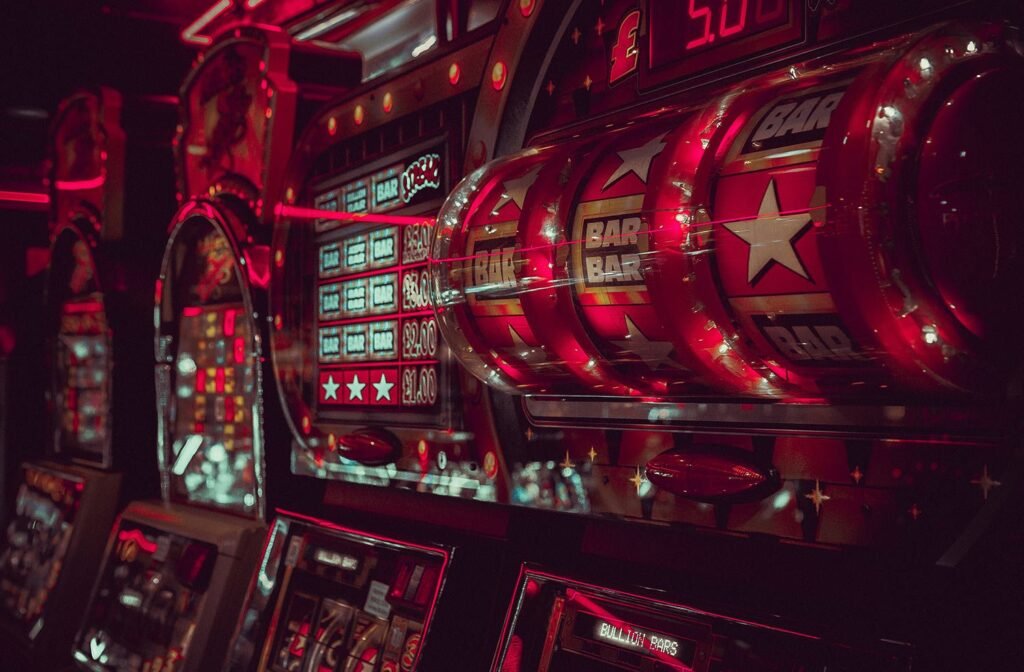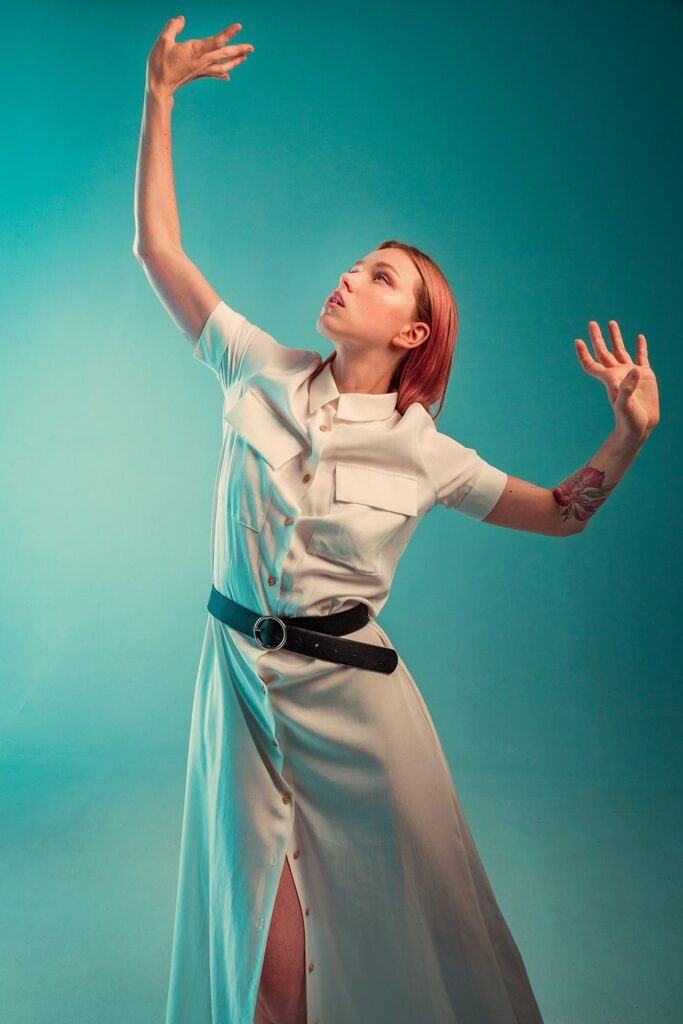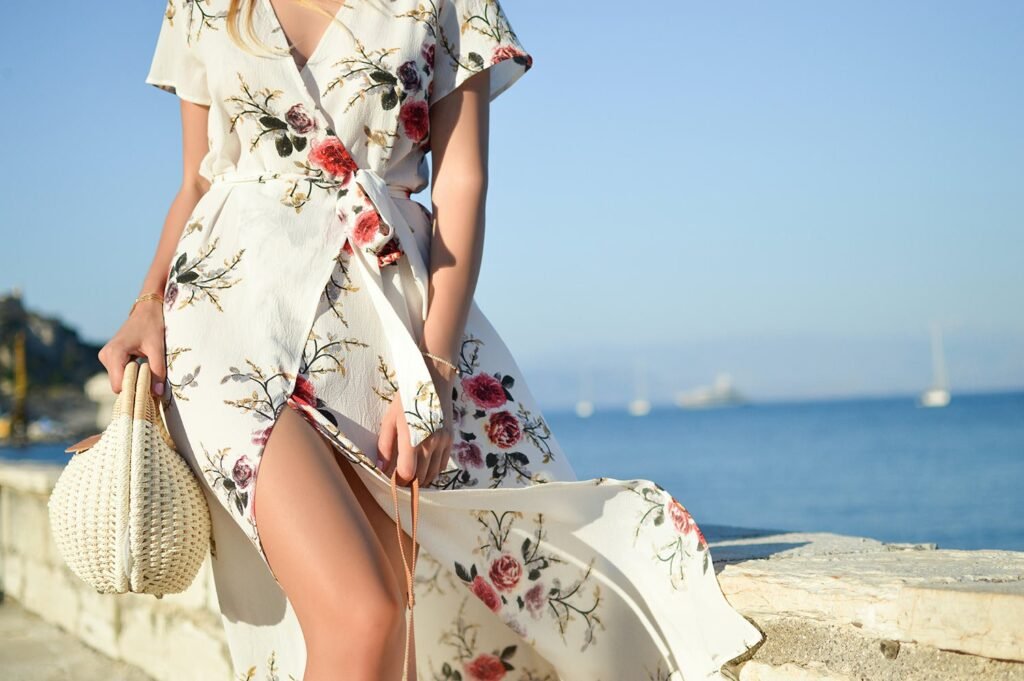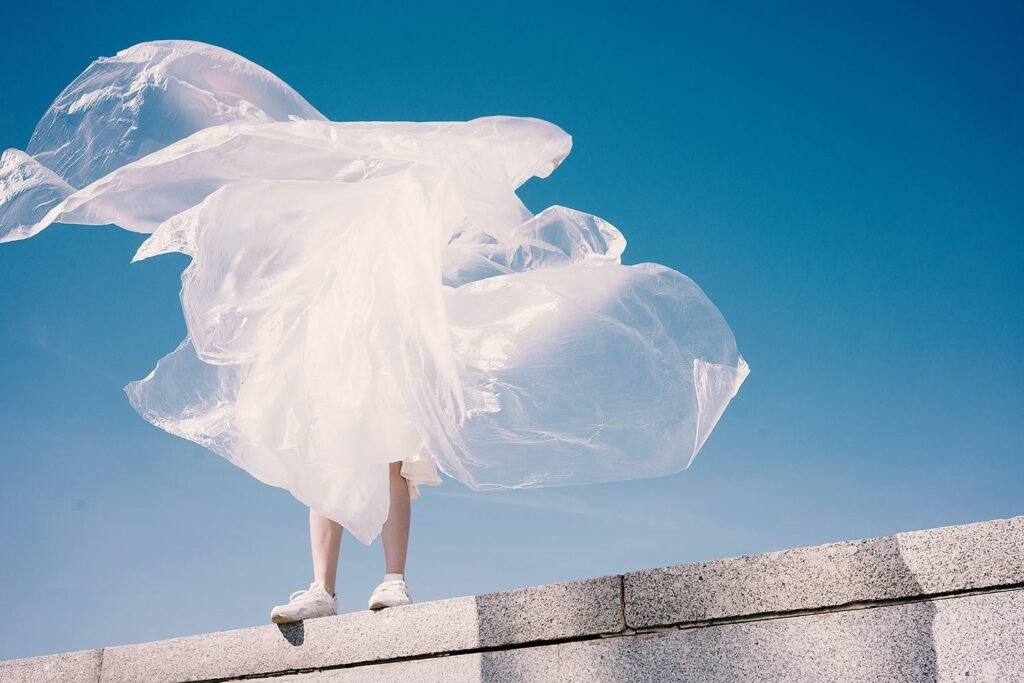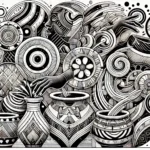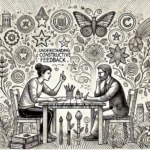Magdalene A.N. Odundo – Master of Ceramics

Magdalene A.N. Odundo is a name synonymous with elegance, precision, and cultural depth in the world of ceramics. With a career spanning decades, Odundo has redefined the boundaries of pottery, transforming it into a medium of profound artistic expression. Her works, often inspired by the female form and cultural intersections, have cemented her as one of the most celebrated ceramic artists of our time.
Early Life and Inspiration
Born in 1950 in Nairobi, Kenya, Magdalene Odundo grew up surrounded by the rich traditions and vibrant art forms of East Africa. She moved to the UK in the early 1970s to study at Farnham School of Art, where she first encountered ceramics. Her initial interest in graphic design soon gave way to a fascination with pottery, a medium she found deeply tactile and expressive.
Odundo’s artistic journey took her around the globe. She studied traditional pottery techniques in Nigeria, Kenya, and New Mexico, drawing from diverse cultural influences to shape her unique style. Her work is a reflection of these experiences, blending the ancient with the contemporary.
Signature Style
Odundo’s ceramic pieces are instantly recognizable for their fluid, organic shapes and meticulous craftsmanship. Her signature style involves hand-coiling and burnishing clay, followed by firing in an oxidizing or reducing atmosphere to achieve distinctive black or red finishes.
Key Characteristics of Her Work:
Human Form: Many of her pieces evoke the curves and contours of the human body, particularly the female figure. This creates a sense of intimacy and universality in her work.
Cultural Hybridity: Odundo’s art integrates techniques and aesthetics from African, European, and Native American pottery traditions.
Minimalist Elegance: Despite their cultural richness, her works are often minimalist, emphasizing form, texture, and finish.
Accomplishments and Recognition
Magdalene Odundo’s contributions to the art world have earned her numerous accolades and widespread acclaim:
In 2008, she was appointed Officer of the Order of the British Empire (OBE) for her services to the arts.
Her works are held in prestigious collections, including the British Museum, the Victoria and Albert Museum, and the Metropolitan Museum of Art.
In 2019, the Hepworth Wakefield gallery in the UK hosted a major retrospective of her work, titled “The Journey of Things,” exploring her artistic evolution and inspirations.
Themes and Cultural Impact
Odundo’s art transcends the boundaries of craft and sculpture, offering a dialogue on identity, heritage, and the interconnectedness of cultures. Her works challenge the Western-centric narrative of ceramics, elevating African traditions and techniques to a global stage.
Notable Themes in Her Work:
Feminine Power: Her use of the female form highlights themes of creation, fertility, and resilience.
Cultural Synthesis: By merging global pottery traditions, Odundo’s art celebrates the universality of human creativity.
Timelessness: Her minimalist forms and ancient techniques give her pieces an enduring quality, connecting past and present.
Legacy and Influence
Magdalene Odundo continues to inspire generations of artists, particularly women and creators from underrepresented backgrounds. Her journey from Nairobi to becoming a globally recognized ceramicist exemplifies the power of perseverance and the importance of cultural heritage in contemporary art.
Her works not only beautify spaces but also spark conversations about identity, culture, and the transformative power of art. As Odundo herself once said, “My pots are my way of recording what I see and what I feel.”
Conclusion
Magdalene A.N. Odundo’s legacy is a testament to the boundless possibilities of art and the richness of cross-cultural exploration. Her work bridges continents, traditions, and centuries, creating a universal language that speaks to the soul. Whether you’re an art enthusiast, a collector, or simply someone who appreciates beauty, Odundo’s ceramics invite you to experience the world through her masterful lens.
Have you encountered Magdalene Odundo’s work before? Share your thoughts and favorite pieces in the comments below!




















